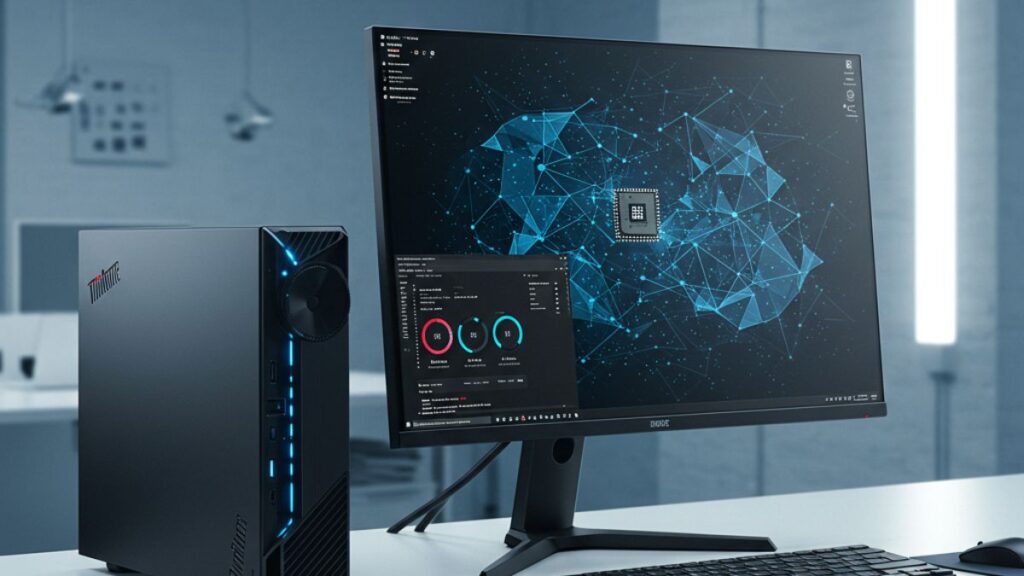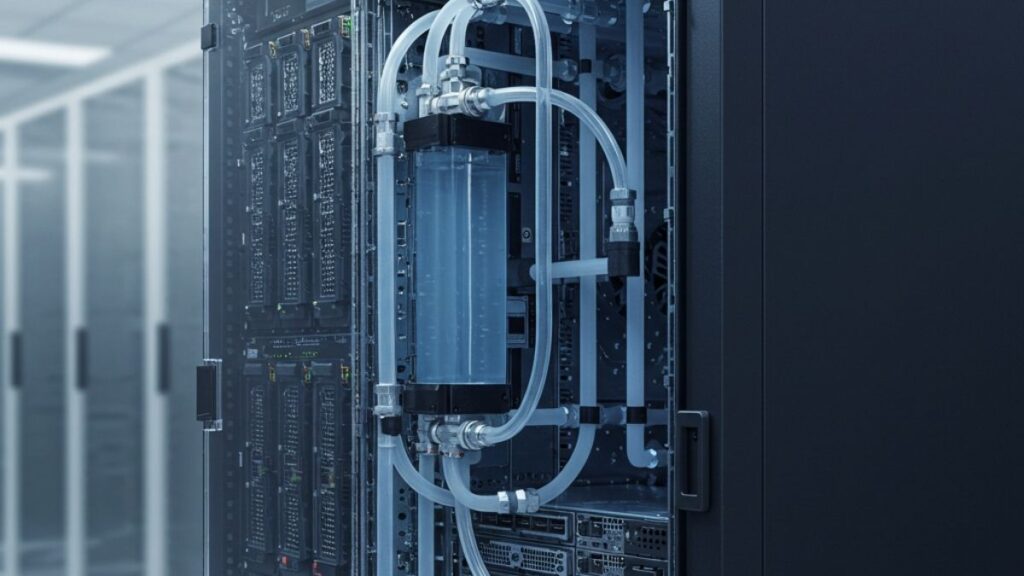Mobile World Congress in Barcelona is the premier event for mobile devices and this year the show has begun to significantly increase its reach. No company there has showcased this expansion more than Lenovo which showcased products ranging from phones, to PCs, to a new class of wireless mixed reality headsets, to servers designed to operate in this ever-more-mobile and hostile world. Perhaps the most interesting is an effort to improve the tech/life balance between people and devices, both by improving health monitoring and helping people wean themselves from technology dependencies which have been tied to psychological problems.
Let us take a look at some of the interesting efforts that the firm brought to the huge Barcelona event.
Motorola Health Mod
One of the most interesting smartphones in the market is the Motorola Moto Z. Motorola is a Lenovo subsidiary. What this phone allows is the use of Mods—or modular accessories—that have historically added things like high quality lenses, 360-degree camera, picture printers, speakers, projectors, and extra battery capacity.
Up until now the leader in health accessories has been Apple with the Apple Watch and Apple is continues to make a huge health push. But the Apple watch has three issues, it is locked into Apple’s ecosystem, so it will not work with an Android phone, folks had stopped buying watches when they started buying smartphones because they were redundant, and the wrist has proven to be a problematic place to put sensors.
The Motorola Health Mod is far more accurate medical grade sensor set, and, because of that, it is approved (and generally provided) through prescription.
What also makes Motorola’s health effort different from Apple is that the company is trying to help people reduce phone usage. This was highlighted in their Life Balance study which showcases how dangerous excessive phone use is, particularly for kids. As a result of this study they partnered with Space to create an app that is designed to help users batter balance their phone use and enjoy life more.
Integrated Digital Assistants
Over the last year digital assistants like Amazon’s Alexa have become the next big thing. Lenovo showcased two notebook computers—the Yoga 730 ($880) and the Yoga 530 ($549)—that have both Cortana and Alexa built in. With similar performance capabilities to the Echo you can now take the experience with you on the road, to your office, or school. Amazon has been testing a new interactive AI as well—which I tried over the weekend—and it is pretty good. In a short period, you’ll be able to have a chat with your digital assistant. Sadly, I found that Alexa was a better conversationalist than I was.
Lenovo is also highlighting a small Smart Display which uses the Google Smart Assistant tied to a nice full HD touch screen display and connects into Google’s IoT infrastructure. Priced at $249 for the 10-inch version and $199.99 for the 8-inch version, this product competes with the $229 Echo Show from Amazon, which has a smaller 7-inch screen. This uses Qualcomm’s powerful Home Hub Platform and ties into Google services like Next, YouTube, and Google Duo.
Mixed Reality
One of the most interesting product sets is the Lenovo Mirage Solo—an integrated mixed reality standalone VR headset coupled with the Lenovo Mirage Camera. This wireless solution lets you develop and experience the VR content you create easily. One of the big problems with VR and mixed reality at the moment is the lack of content so helping folks create and share content is very useful. The Mirage Solo stands out because it is self-contained, doesn’t require a camera or a PC to work, and is wireless so you don’t have a cord to trip over. This makes it one of the easiest to set up and use mixed reality offerings in market.
5K Ready Servers
The Lenovo ThinkSystem Servers and Switches showcase the expansion of Mobile World Congress into the data center. Optimized for encryption and compression these servers are designed to significantly help supply the back end for the coming wave of 5G services. Using a combination of Red Hat OpenStack, and Mellanox Connectx-4 for connected packet processing and tied to the Intel Select Solution for NFV workloads this showcases Lenovo as the only cell phone-to-server vendor fully prepared for 5G at a global scale.
Wrapping Up
As we move to the next generation of mobile and ramp up to a massive rollout of 5G technology, Lenovo at Mobile World Congress is stepping up in Barcelona to compete comprehensively and at scale. Currently unmatched in product breadth—coupled with huge geographic reach—the company is indicating they are the player to watch as the world spins to this new massive market opportunity. From smartphones to servers and encompassing laptops and mixed reality headsets, it was an impressive way to start what remains to be the quintessential show of mobile technology in the world.



